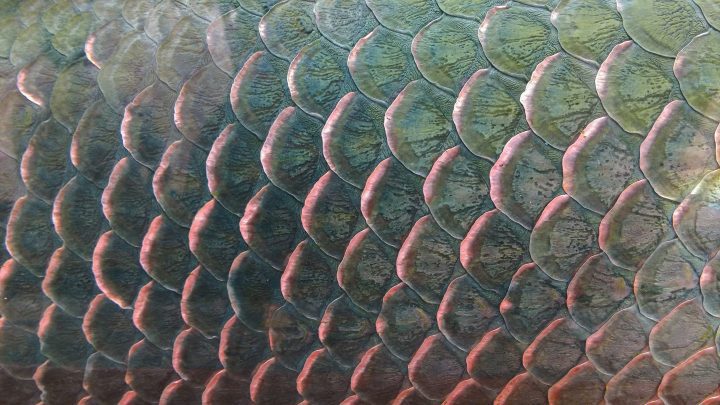International Honorable Mention- Middle School
UN Sustainable Development Goals Addressed
-

Goal 12: Responsible Production & Consumption
-

Goal 13: Climate Action
2022 Youth Design Challenge
This design concept was developed by participants in the Institute’s Youth Design Challenge. The descriptions below are from the team’s competition entry materials.
School: College Français Bilingue de Londres
Location: Camden, London, England
Coach: David Berland
Team members: Leanne V., Noa K., Sayena G.
Video Pitch

Innovation Details
London has a significant number of properties with occupied basements that can be problematic for the dwellers when a heavy rainfall or flash flood occurs. Taking on the local urban flooding issue, team Biomimicking Bosses Association in London, England looked to nature for their project. The Floodulator is a system that includes a locally designed pipe on the ground level to store the rainwater underground in a boxfish-shaped tank (for water control and rigidity) that can distribute water to other areas of the city. More specifically, it can help distribute excess water in areas of flooding where the drainage system has been overwhelmed to London’s greener areas. The tank would be made of material inspired by Arapaima fish scales, which consist of two layers, and be covered in a dense layer of hair similar to that of reindeer guard hairs. The long, water-repellent hairs will create an impermeable layer all around the tank.
What is the problem your team solved for this challenge? What is the problem addressed? How is the problem connected to the selected SDG?
We chose to address the urban flooding that took place in London in July 2021 and on several other occasions Urban flooding, or surface water flooding, occurs after a heavy downpour of rain which hits the ground quicker than it can drain or flow away It tends to occur in areas with depressions in the ground or where the drainage system has been overwhelmed This problem addresses the United Nations SDG 13 : Climate Action It encourages citizens to take urgent action to combat climate change and its impacts, and we as students hope our system will contribute to this
How was your solution inspired by nature? What (at least two) organisms did you learn from? How effectively did you combine the biological strategies for the final design?
Our solution was inspired by Arapaima fish scales, mycorrhizal fungi, reindeer guard hairs and the boxfish. It uses the structure of the Arapaima fish scales to ensure our FloodTank is able to withstand large weights and resist underground pressure. The reindeer hairs will repel outside liquids. The shape of the FloodTank is inspired by the boxfish, controlling water flow around the tank, thus ensuring its stability. Finally, the mycorrhizal fungi inspires the floodwater distribution network, as the symbiotic association it shares with tree roots inspired us to give to nature, as well as giving to the people of London.
What does your design solution do? How does it solve or mitigate the problem you selected? How did what you learn inform your design?
Our design solution evacuates the water in the streets generated by urban flooding in a safe and efficient way. It quickly clears out the rainwater in the streets through a specially designed pipe, safely stores it in our bio-inspired FloodTank and then distributes the water to London’s green areas, providing water for plants and trees. Our solution ensures that London’s floodwater is well managed, unable to disturb any of the city’s activities and that it is equally distributed to plants and trees. Additionally, by providing water resources to London’s flora, it limits the use of outside water for irrigation.



